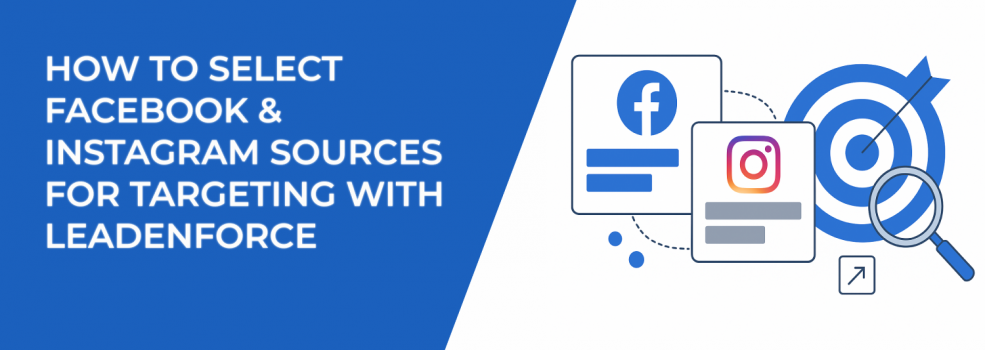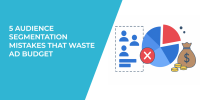If you're using LeadEnforce to create custom audiences, you're already ahead of the game. But to get the best results, you need to start with the right sources — Facebook groups and Instagram accounts that actually attract your ideal customers.
Choosing the wrong sources can lead to poor targeting, wasted ad spend, and low campaign performance. This short guide will help you select pages and groups that match your business, goals, and audience — so your ads reach the people most likely to engage or buy.
1. Focus on Your Industry or Niche
Start by identifying groups and pages that are closely related to your product or service.
-
For example, if you sell fitness gear, look for workout-focused groups or influencers who post about training and wellness.
-
If you run a pet store, target breed-specific groups or dog training pages.
Avoid general interest or lifestyle accounts unless their content clearly connects to what you offer. The more relevant the source, the more relevant your audience will be.
If you’re not yet clear on who your audience is, start here: How to Define a Target Audience for Marketing: A Step-by-Step Guide.
2. Choose Based on Your Campaign Goal
Your campaign type should guide what kind of audience you need — and therefore what kind of pages or groups you choose.
-
For awareness campaigns: Use larger groups or pages with broad reach. This helps get your brand in front of more people.
-
For conversions: Choose smaller, more focused communities where people are already showing interest in your niche.
-
For lead generation: Find pages where users ask questions, read reviews, or look for advice. These people are more likely to take action.
Always match the source to the goal — not just its size.
Not sure what to prioritize? Why Custom Audiences Should Be the Core of Your Ad Strategy explains why intent-driven targeting consistently outperforms broad reach.
3. Make Sure the Audience Size Fits
Not every group or page has enough followers to create a usable audience.
-
Very small groups (under 1,000 members) may not be enough for most campaigns.
-
Pages with 10,000+ followers are usually a good starting point.
-
You can also combine several similar sources to grow your audience size while staying relevant.
A larger audience works better for top-of-funnel ads. For remarketing or conversion-focused campaigns, a smaller but more targeted audience often performs best.
4. Look at Follower Intent
It’s important to choose sources where people are ready to engage — not just scroll.
-
Entertainment pages or meme accounts might have a lot of followers, but those people aren’t always in buying mode.
-
Instead, look for sources where users comment, ask questions, or look for recommendations.
These audiences are more likely to click on your ads and become customers.
5. Check Engagement and Content Quality
Before adding a group or page to LeadEnforce, take a few minutes to check:
-
Is it active? Look for recent posts and consistent engagement.
-
Are followers real and engaged? Check for likes, comments, and shares.
-
Is the content relevant to your audience? Avoid spammy or off-topic pages.
A group might seem large — but if the followers aren’t active or interested in your niche, it won’t help your ad campaign.
6. Use Competitor Pages Too
If your competitors have active Instagram accounts or manage Facebook groups, those followers are likely your potential customers too.
With LeadEnforce, you can analyze those pages and create audiences based on their followers — then reach them with your own message and offer.
Need help deciding if it’s the right move for your brand? Check out Should You Target Competitor Audiences on Facebook?
7. Prioritize Public Groups and Pages
For better results, choose more public Facebook groups and public Instagram accounts over private or closed communities.
-
Public sources typically result in higher audience coverage rates inside LeadEnforce, meaning more of their followers can be matched and included in your custom audience.
-
Private groups may have more limited visibility and fewer users available for audience creation.
-
If you're comparing two equally relevant groups — and one is public — go with the public one for better data and reach.
This small filter can make a big difference in audience size and performance.
Final Tip
Choosing the right Facebook groups and Instagram accounts is one of the most important steps in your targeting strategy. It sets the foundation for your entire campaign.
With LeadEnforce, you can build high-quality custom audiences from real communities — but make sure those communities align with your goals. Relevance, engagement, and intent matter more than just follower count.

